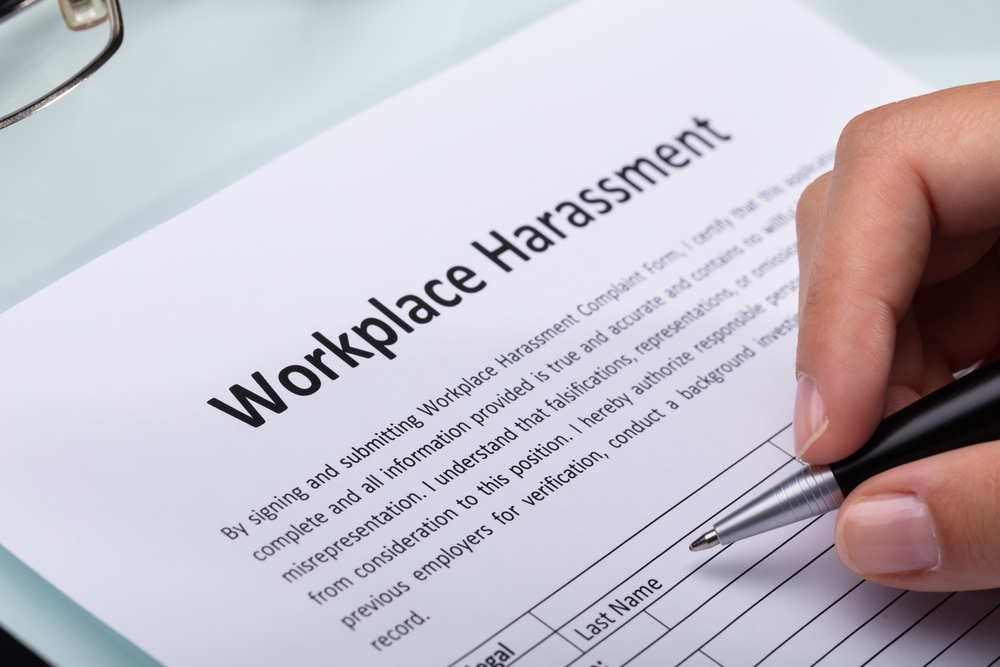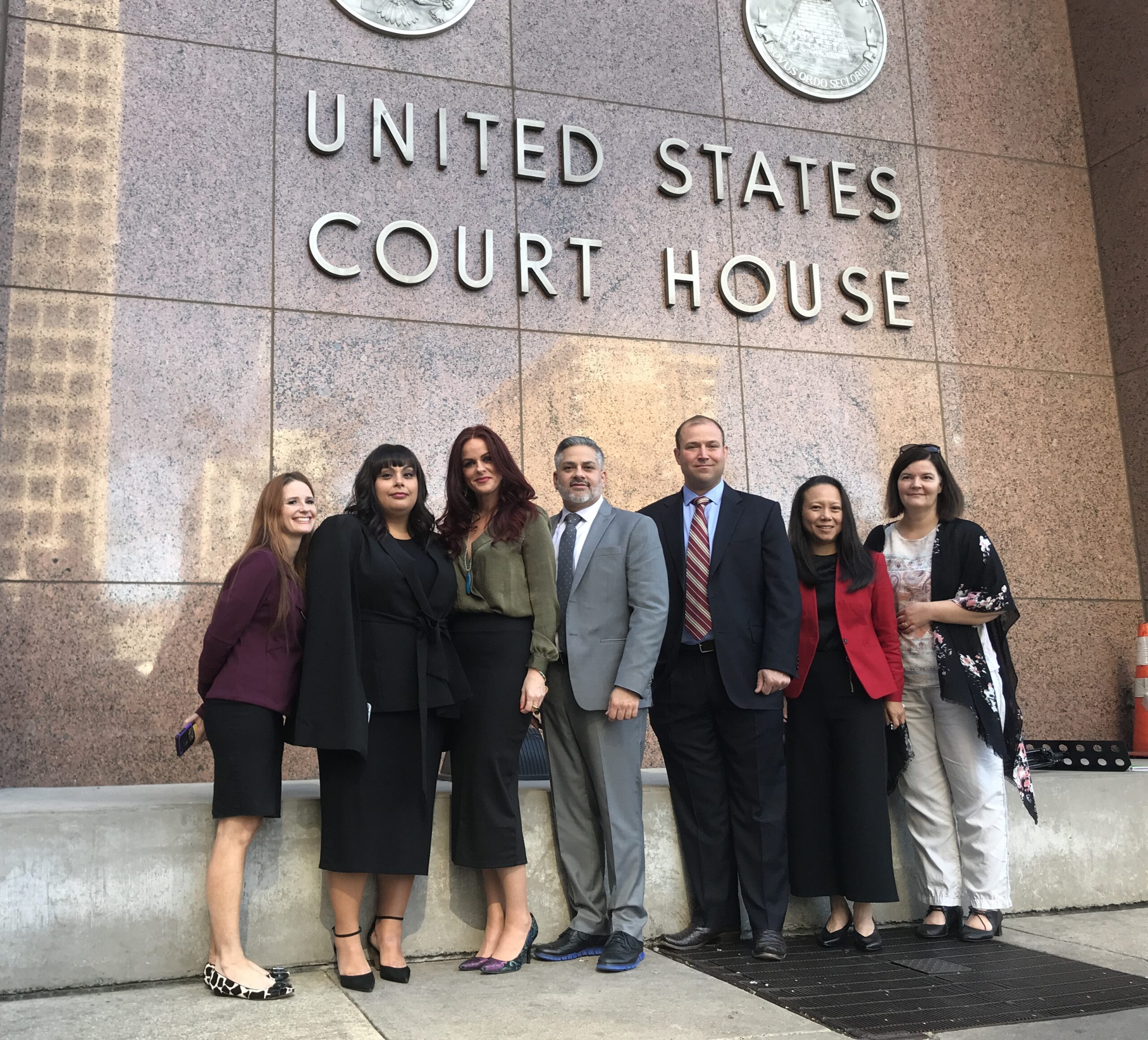
| {5 minutes to read} In January, former Hollywood movie producer Harvey Weinstein faced trial in New York Supreme Court. Weinstein, who has been accused of sexual assault and harassment by at least 80 women in the past few years, faced several charges including rape, sexual abuse, sexual misconduct, and predatory sexual assault. Ultimately, the jury returned a guilty verdict on two charges — criminal sex act in the first degree and rape in the third degree. Weinstein was acquitted of predatory sexual assault and first degree rape. Currently awaiting sentencing, he faces a minimum sentence of five years and a maximum sentence of 25 years. As a central part of their strategy, Weinstein’s defense team argued that several of his accusers continued to remain in contact with him well after their alleged attacks. The defense pointed to “friendly communications” between Weinstein and the women, business meetings, continued employment, and even trips. This tactic was an effort to discredit the victims, and convince the jury that his encounters with his accusers were, in fact, consensual sexual relationships. However, expert testimony from psychiatrists in the field can shed light into the complex coping mechanisms of sexual assault victims that counter such a strategy. There are many commonly believed notions regarding the behaviors of rape and sexual assault victims following an attack. However, the truth is that the reactions of victims can manifest in ways which often seem atypical to those looking from the outside in. These presupposed “rape myths” perpetuate false beliefs, namely that victims distance themselves from their attackers following an assault, and that victims report the attack to law enforcement officials. Expert testimony can be used to educate the jury on rape trauma syndrome and common rape myths. Rape trauma syndrome (RTS) is a post-traumatic stress disorder — specifically related to sexual assault — that is accompanied by certain physical or psychological responses. Most victims of rape and sexual assault experience some form of RTS. Courts have regularly held that properly admitted expert testimony can be used to provide an explanation for victim behavior which is inconsistent with a claim of rape. Expert testimony on RTS can help the jury in resolving frequent misconceptions that often stem from social attitudes regarding sexual assault, consent, and culpability. Reporting the Attack In the Weinstein case, the prosecution called on Dr. Barbara Ziv, a forensic psychiatrist, to testify on rape myths and explain the complexities of rape trauma to the jury. Dr. Ziv testified that it is “very rare” for victims to immediately disclose incidents of assault to those around them and even less common for victims to report the assault to law enforcement, especially when they have been assaulted by someone they actually know. Similar to Dr. Ziv, experts in the field explain that it is common for victims to decide not to report attacks to the police in an effort to move past their experience. Survivors tend to feel re-victimized by the criminal justice system and decide to cope in other ways. Additionally, statistics show that reporting is far less likely when a victim has an established relationship with the offender — whether they are intimate partners, former intimate partners, friends, or acquaintances. Reasons victims decide not to report incidents of sexual assault include: •Shame, •Fear of a lack of evidence, •Belief the attack was a personal matter, and •Uncertainty of the offender’s intent. Distancing From the Attacker Dr. Ziv also provided testimony on victims distancing themselves from their attackers — another classic rape myth. In response to their assault, a victim may decide to continue their relationship with the offender in an effort to regain control after an attack. Victims may also try to convince themselves an encounter was consensual by maintaining the status quo with their offender. This form of deflection helps victims to cope with the serious trauma they suffered at the hand of their offender and is their attempt to maintain normalcy. In the Weinstein case, Dr. Ziv explained that the reasons for continuing communication with an offender can be complex. A victim may be fearful of losing out on job opportunities and ruining their reputation, and decide to put their experience “in a box.” These fears, coupled with threats from their offender, lead victims to deny their experiences and stay involved with offenders even after being assaulted. |
James A. Vagnini
Partner
email: jvagnini@vkvlawyers.com





















